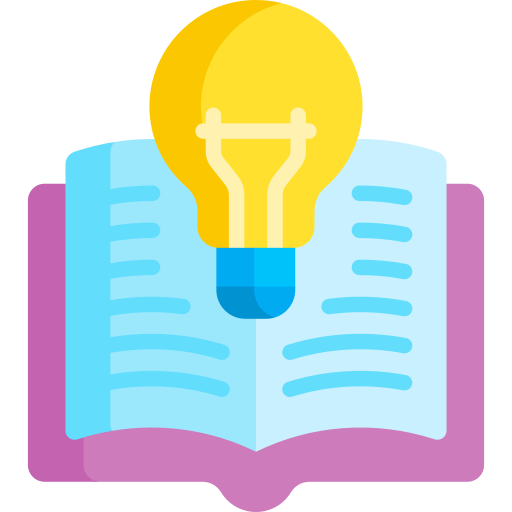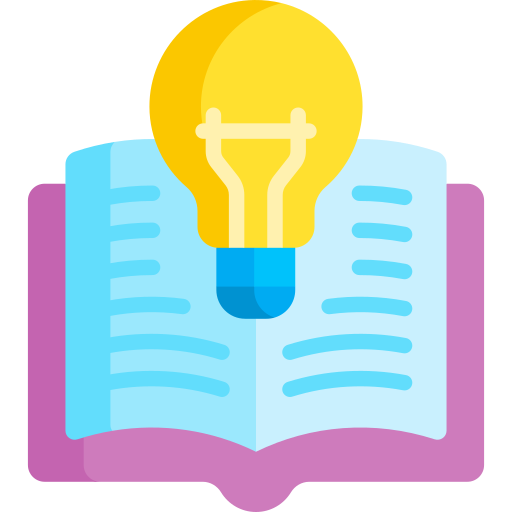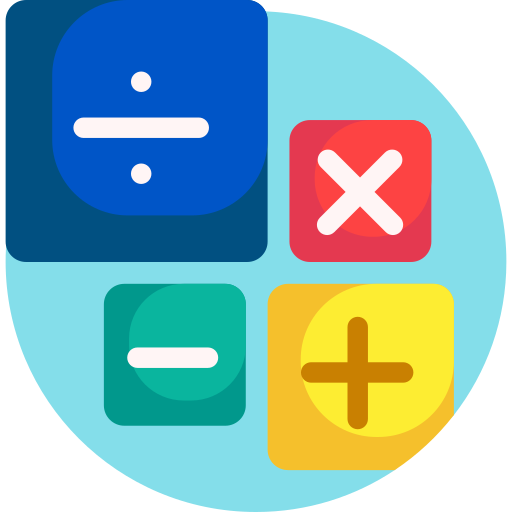Will you be taking the SAT and applying to university soon?
Are you prepared for the Reading, Writing and Language, and Math sections?
Do you have any strategies in mind to help you ace the test?

Using effective strategies for the SAT can significantly strengthen your performance by helping you:
manage your time efficiently
reduce test anxiety
increase accuracy
As a result, you'll be able to increase your score and improve your chances of gaining admission to a college or university.
Build your skills and confidence by using these 6 strategies to take on and ace each section of the SAT.
Strategies for the Reading Section
The SAT Reading section gauges your comprehension of various 500-750 word passages, spanning literature, history, science, and social studies. You'll need to identify key ideas, understand specifics, infer meanings, and draw conclusions.

1.Read actively and engage with the text.
Ask yourself:
What is the author's main point?
What are the supporting details?
What does this passage mean?
What is the author's opinion?
What information is stated directly?
What can be inferred from the passage?
 By actively engaging with the text, you'll be more likely to understand it and answer the questions correctly.
By actively engaging with the text, you'll be more likely to understand it and answer the questions correctly.
2. Read strategically.
Bounce back and forth between the passage and questions, focusing on the specific information you need.
Identify the type of question you're being asked — big picture, detail-oriented, development/function, inference, vocabulary, and find the mistake.
Skim the questions first to look for clues about what you're being asked.
Identifying transition words like "but", "however", and "because" — they can indicate a link between ideas or opinions.
 By reading strategically, you can improve your comprehension skills, allowing you to extract key details and understand complex passages more efficiently.
By reading strategically, you can improve your comprehension skills, allowing you to extract key details and understand complex passages more efficiently.
Jay's Reading Section Practice

Read the following passage and help Jay apply the strategies you've learned:
"While the hummingbird is one of the smallest birds in the world, its size doesn't prevent it from being one of the most efficient. Capable of hovering in mid-air and even flying backwards, its wings beat around 50 times per second. Hummingbirds can cover long distances during migration, thanks to their wings' unique ability to conserve energy."
Which of the following statements align best with the active and strategic reading of the passage?
A. The hummingbird's wings allow it to hover in mid-air and fly backward due to their ability to beat rapidly.
B. Transition words such as "while" and "even" link contrasting ideas, implying that the hummingbird's small size and high efficiency are unexpected when considered together.
C. The passage suggests that hummingbirds are the only birds capable of migrating long distances.
D. The author is of the opinion that all small birds are energy efficient in their flight.
Quiz
Select the statements that best reflect active and strategic reading of the passage above:
Strategies for the Writing and Language Section
The SAT's Writing and Language section assesses your reading, analysis, and editing skills, specifically focusing on English grammar, usage, punctuation, and style. This section is designed to assess your ability to understand and use the English language.
1. Understand grammatical structures.
Have a grammar manual with you when you read. When you encounter various examples of grammar usage, you can easily research them for a deeper understanding.
Familiarizing yourself with the most common grammatical mistakes students make in the Writing and Language section.
Produce your own writing, as it provides a thoughtful platform to practice and experiment with varied structures, synonyms, and creative expressions.

Mastering grammar equips you with the essential skills to accurately analyze and revise passages.
2. Know the context.
Avoid reading parts in isolation. Broaden your scope by reading the sentences surrounding a passage or the entire paragraph.
Look for synonyms, antonyms, appositives, and examples, as they can provide insight into the meanings of words or phrases

Understanding context can help you correctly interpret phrases or words, and recognize the author's intent.
Natalie's Writing and Language Section Practice
Imagine you and your study partner Natalie are practicing for the Writing and Language Section.

Read the following passage Natalie wrote about a study challenge:
"After many attempts at the challenge, I was finally able to complete it. I felt relieved knowing I could now move on to the next one."
Choose the options that best capture the context of the sentences and their grammatical implications:
A. Mary completed the challenge right away.
B. Mary tried multiple times before successfully completing the challenge
C. Mary is preparing to try the challenge.
D. Mary was relieved because she won't have to attempt the challenge again.
Quiz
Select the statements that best reflect the meaning of Natalie's passage:
Strategies for the Math Section
The SAT Math section, which contains both "Calculator" and "No Calculator" sections, probes students' grasp of arithmetic, algebra, geometry, and data analysis.
This section requires an understanding of mathematical concepts and problem-solving skills applied to real-world scenarios.

1. No Calculator Section
Identify patterns and use them:
List things out to help you visualize the information. This could simply be writing out the numbers you're given, writing out your calculations, or drawing diagrams/tables.
To shorten the calculation process, you can also use combination/elimination. By adding the equations, you eliminate one variable and then solve for the remaining variable.

Identifying patterns in the No Calculator section of the SAT facilitates problem-solving, allows for quicker solutions, and helps you navigate complex questions with greater ease.
2. Calculator Section
Become an expert with your specific calculator:
Familiarize yourself with your calculator's functions so you know how to perform every function required in the Calculator Section.
Practice using your calculator with SAT practice exams.

Expertise with your specific calculator can boost your performance, enabling you to solve complex problems quickly and accurately.
Pablo's Math Section Practice
Work with Pablo and help him think of the best way to tackle the following math problem he encountered on an SAT practice test.
 Pablo wants to calculate the mean and median of a set of data. He has a list of 10 numbers and a calculator that has a built-in function for calculating the sum of a set of numbers.
Pablo wants to calculate the mean and median of a set of data. He has a list of 10 numbers and a calculator that has a built-in function for calculating the sum of a set of numbers.
Select the strategies that would be most effective for Pablo to solve his task:
A. Calculator section strategy: Pablo should use the built-in functions on his calculator to help him calculate the median and mean as quickly as possible.
B. Calculator section strategy: Pablo should manually calculate the mean and median without utilizing the built-in functions on his calculator.
C. No calculator section strategy: Pablo should pick the middle number from his unsorted list to determine the median. Then he should multiply the smallest number by the total count of numbers to determine the mean.
D. No calculator section strategy: Pablo should list the numbers from smallest to largest, then pick the middle value to determine the median. To find the mean, he should manually add up all the numbers in the set and divide the sum by the total count of numbers.
Quiz
Select the best strategies for Pablo:
Take Action
 Photo by Priscilla Du Preez on Unsplash
Photo by Priscilla Du Preez on UnsplashStart preparing yourself to ace the SAT!
Your feedback matters to us.
This Byte helped me better understand the topic.

